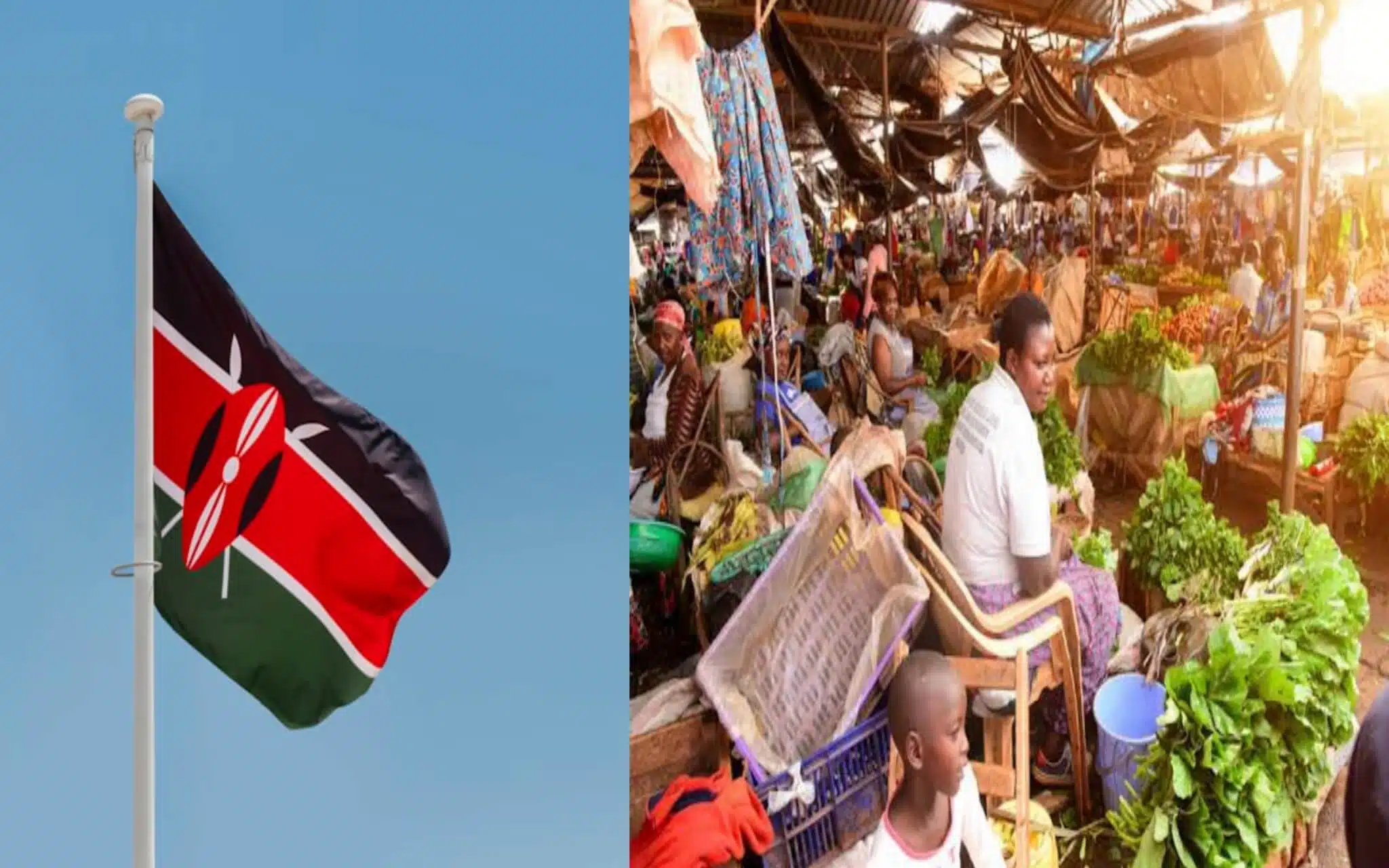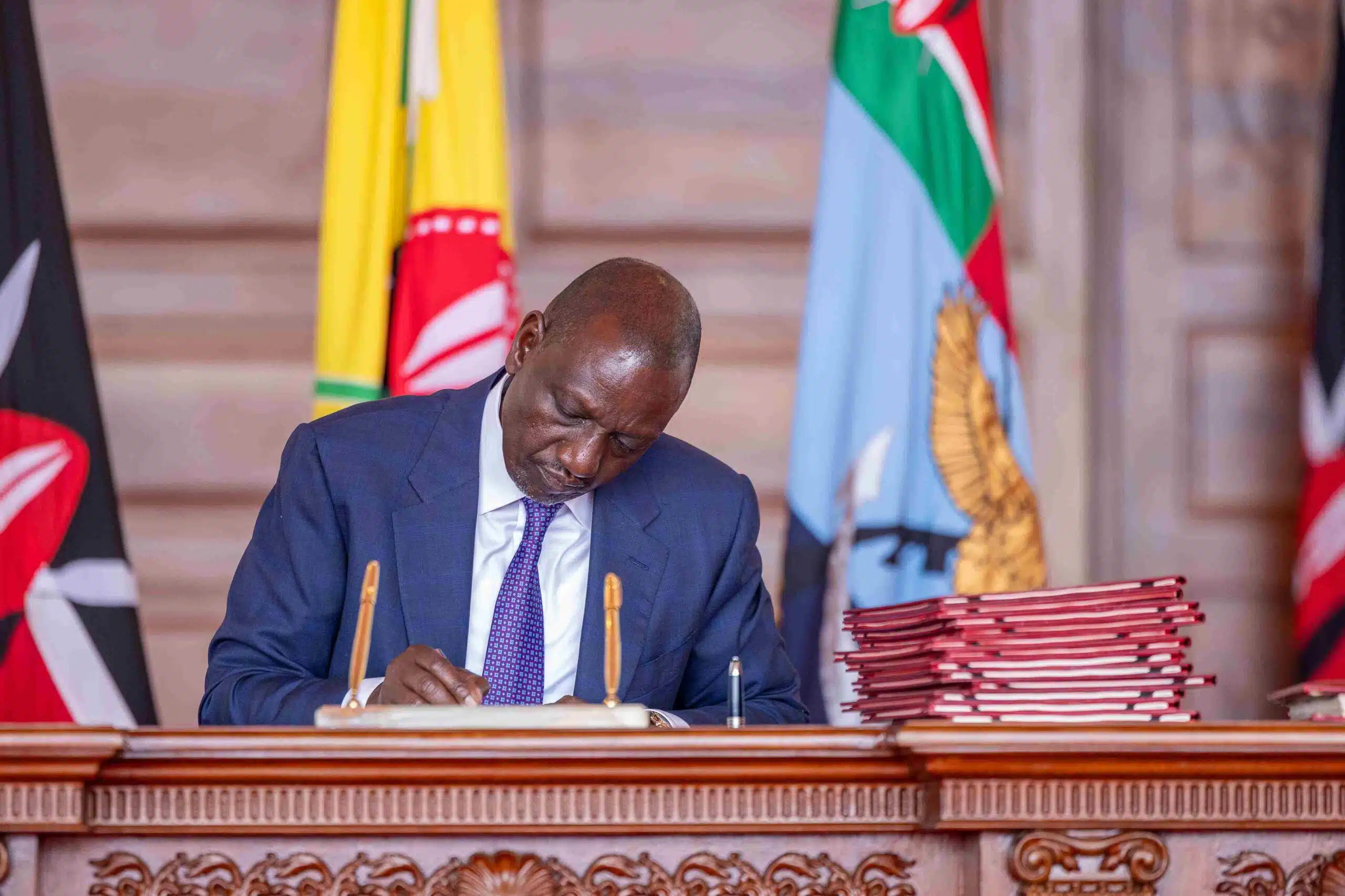Credit officers in Kenya expect that the percentage of non-performing loans during Q1 of 2025 will remain constant for 10 economic sectors, but will increase in the personal and household sector.
This prediction was made in the Credit Officer Survey report released by the Central Bank of Kenya on 17th, February 2025. This survey helps the CBK keep track of factors relating to bank lending and potential credit risks banks face.
The 11 sectors which the survey focuses on are agriculture, manufacturing, building and construction, mining and quarrying, energy and water, trade, tourism, restaurants and hotels, transportation and communication, real estate, financial services and personal and household sectors.
Per the report, senior credit officers (who were respondents in the survey) perceived that demand for credit remained unchanged in 9 sectors, only increasing in trade and personal and household sectors due to the end of year holiday season.
The respondents, however, agreed that the cost of borrowing (heavily impacted by the interest rate loans) led to a decreased demand for credit in the last quarter of 2024 under review.
Why is this significant?
The CBK has reduced its interest rate two times in a row, from 12.25% in Q3 2024 to 11.75% in Q4 2024 and now, 10.75% in February 2025. These reductions were on the backdrop of slowing down inflation recorded by the bank.
To further improve access to loans, the CBK has threatened to fine any commercial bank which doesn’t reduce its interest rates in line with its newly revised interest rates.
While banks in Kenya have started complying with the CBK’s directive, the projection for non-performing loans, especially for the personal and household sector may influence banks’ decisions in terms of granting loans to this sector.
Despite the relative improvement recorded in the country’s economy at a steady 4.6% in the last four years, Kenyans are finding it more difficult to get by the day, due to increase in food inflation and other commodities necessary for day-to-day living.
Food inflation increased from 4.3% in October 2024 to 4.8% in December of the same year. Families have been reported to cut down on essential food supplies and other staples.
The big picture
While Kenyan banks begin to reduce their interest rates in line with the CBK’s directive, they may still be wary of granting loans to businesses. This is because non-performing loans reduce bank assets and may affect the liquidity of banks.
Per the predictions of the senior credit officers, Kenyan banks are to continue to witness the current non-performing loan rates for other sectors. This prediction may influence how readily banks may be willing to give out loans despite the low interest rates offered.
If other sectors (which translates to businesses and industries) are unable to access loans, this will trickle down to Kenyan workers, further making it nearly impossible to purchase essentials – food and other necessities.
This may further worsen the already existing economic and financial hardship many Kenyans face. This is even as the respondents have predicted that the personal and household sector may witness intensive loan recovery measures in Q1 of 2025.






